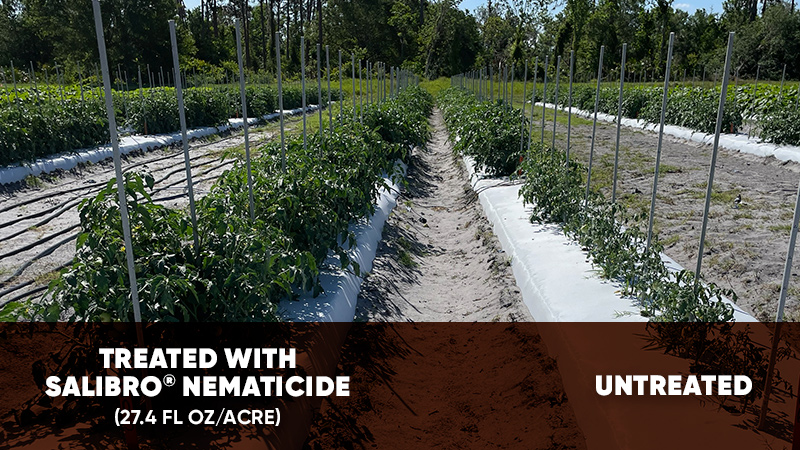New Tomato Hybrids On The Way By 2010
In 2010, growers will have access to new tomato varieties that resist some of the most threatening tomato diseases and can be grown in ways that are gentler to the environment, reports the Northeastern IPM Center.
Conventional and organic growers have both voiced a need for improved control of early and late blight. Conventional growers rely on fungicide applications that can cost up to $200 per acre each season, using compounds that have high environmental impact but don’t adequately control the diseases. Copper fungicides are used in organic fresh market tomato production, but copper has been shown to suppress only late blight.
Plant breeder Martha Mutschler and plant pathologist Tom Zitter (both from Cornell University.) rose to this IPM challenge, and with Regional IPM funding assembled a team of breeders, pathologists, horticulturists, and conventional and organic growers from several states. The team tested tomato lines and hybrids with late blight and early blight resistance to see if the diseases could be controlled using low-impact products, according to the Center.
The resistant lines that Mutschler developed provided outstanding control of both early blight and late blight when treated with pesticides that have low environmental impact (as measured by the environmental impact quotient formula). The new lines also work well when treated with biological fungicides in combination with fixed copper.
U.S. and international seed companies are using the early- and late-blight-resistant lines in varietal development and expect new hybrids to be commercially available in 2010. Growers are likely to reduce losses and also realize cost savings, since they will not need to rely so heavily on the use of pesticides. They will also be able to grow healthier crops with organic products or fungicides that present lower environmental risks. Home gardeners should be able to use the new varieties without having to spray their tomatoes for early blight and late blight.
The urgent need for development of these new disease-resistant tomato varieties became clear when the team found that some early blight pathogens were not controlled by strobilurin fungicides. Mutschler and Zitter also discovered a high occurrence of Septoria leaf spot in the study’s early stages, prompting them to launch a new effort to add Septoria resistance, creating triple resistant lines to control all three fungal diseases. The promise of their results has helped them obtain additional funding so the team can continue their work.










